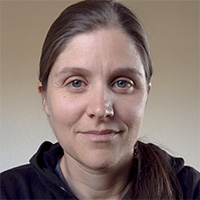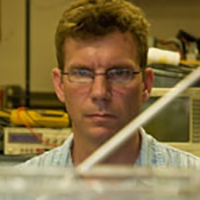The primary area of research is air-sea interaction, including the topics of surface wave dynamics, air-sea fluxes, upper ocean turbulence, including Langmuir circulations, and the remote sensing of ocean surface phenomena using electromagnetic and acoustic techniques.
Oceans and Atmosphere
Ocean Acoustics
Ocean acoustics is a broad field focused on the study of sound, its propagation and behavior underwater. Sounds travels really well in the ocean, so sound is also used for the study of many phenomena across ocean sciences, including properties of the earth, ocean, and animals living in the ocean. As a result, scientists working on ocean acoustics span all areas of science found at Scripps: Earth Science, Biology, and Oceans and Atmosphere. Additionally, Scripps is a leader in graduate education for ocean acoustics and most students working on these themes are part of the Applied Ocean Sciences curricular group.
Academics
Centers, Labs, and Programs
Performs research in acoustic theory as it relates to applications such as oceanography and physics.
CalCOFI is a long-term, interdisciplinary, cross-sectoral ecosystem research program off the coast of California that holistically studies the physics, biogeochemistry, and biology of the marine environment to inform the sustainable management of marine resources in the context of climate change
Our mission is to pursue scientific studies in underwater acoustics, small-scale physical oceanography (coastal processes, air-sea gas transfer) and biological oceanography.
Focuses on physics-based signal processing mostly using just weak noise as a source.




















